Table of Contents
ToggleVbloc device won’t charge or turn on: Troubleshooting and Maintenance
If your Vbloc device won’t charge or turn on, you’re not alone. With technology playing such a crucial role in health management, especially for patients using devices like the vBloc neurostimulator to control obesity, encountering issues can be frustrating and concerning.
In this guide, we’ll look into common causes, troubleshooting tips, and essential information about vBloc device problems today. By the end, you should have a clearer understanding of what to do when your vBloc battery won’t charge or if your device won’t turn on.
Also read:
What Is the vBloc Device?
The vBloc device is an implantable medical device approved by the FDA, primarily used for weight loss and to help manage obesity through vagal nerve stimulation. This device is surgically implanted under the skin in the abdominal area and works by sending signals to the vagus nerve, which regulates hunger and fullness. Essentially, it helps reduce hunger, curbing food intake without drugs or invasive surgeries.
Key Features of the vBloc Device
- Battery-powered neurostimulator that can run for up to five years with a single battery.
- Wireless remote control, allowing users to adjust settings or recharge as needed.
- Safe and effective option for those who have not seen success with conventional weight loss methods.
However, like all battery-powered devices, the vBloc neurostimulator may experience issues such as charging failures or device malfunctions. Understanding how to troubleshoot can save you time and provide peace of mind.
Why Vbloc device won’t charge or turn on?
There are several possible reasons why your vBloc device won’t charge or fails to power on. These range from simple issues, like faulty chargers, to more complex battery or hardware problems. Here are the primary culprits:
1. Battery Issues
One of the most common causes is battery degradation. As the battery ages, it may no longer hold a charge or may deplete quickly. If your vBloc battery won’t charge or turn on, it may be due to a completely depleted battery.
2. Connection Issues with the Charger
Another issue could be with the charger itself. If the vBloc charger or charging cable is damaged or incompatible, the device may not charge properly. It’s always advisable to use the original charging accessories.
3. Power Management or Software Glitches
The vBloc device contains software to manage power usage. Occasionally, software glitches or power management settings can prevent the device from charging or turning on. A reset or power cycle may resolve this.
4. Overheating Issues
Another issue that could lead to the vBloc device breaking is overheating. Your vBloc gadget might not charge or turn on because to internal components shutting down due to excessive heat. Appropriate ventilation can help improve this issue.
5. Hardware Malfunction
In rare cases, the device itself may have a hardware fault. If the internal components are damaged or malfunctioning, the device may not respond to charging or power input.
6. Dirty or Damaged Charging Port
The charging port may become blocked due to an accumulation of dust, lint, or small particles, which can interfere with proper connections and charging efficiency, potentially leading to issues with your device’s overall performance and functionality.
7. Battery Drainage
Continued use of VBloc devices can cause large battery drain, and leaving your health device charging overnight can also result in poor battery health.
8. Device Wear and Tear
The vBloc is at risk of deterioration with time, just like any other electrical gadget. Internal damage to the hardware, connectors, or electrical components may be the cause of your vBloc device’s inability to charge or turn on.
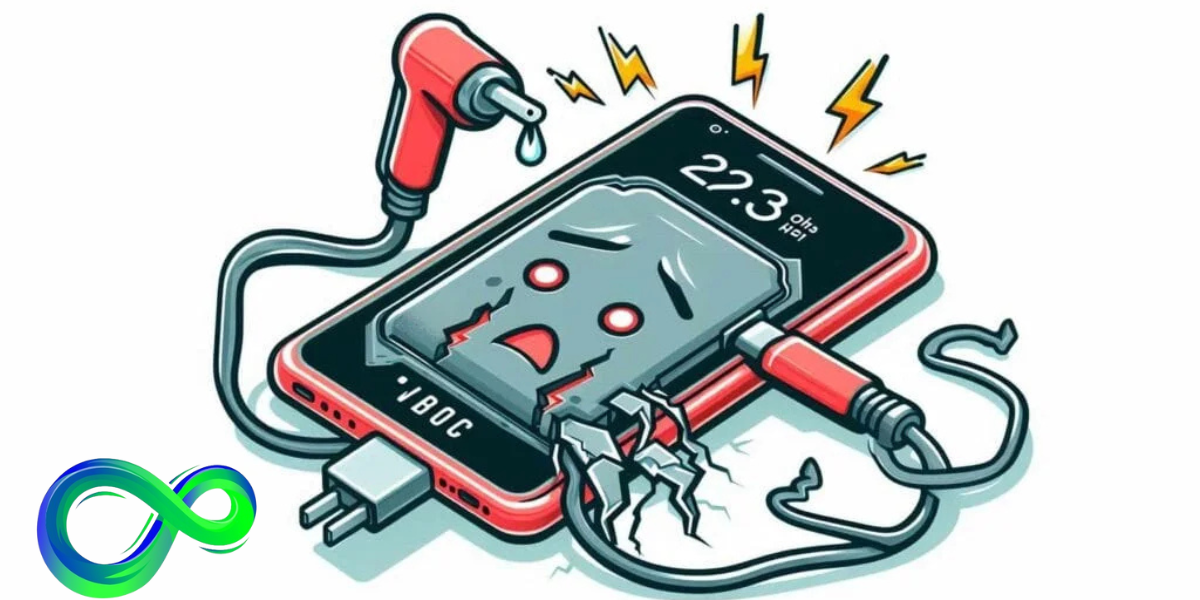
Step-by-Step Troubleshooting for vBloc Device Issues
If your vBloc device won’t charge or power on, try these troubleshooting steps to diagnose and possibly fix the issue:
1: Check the Power Source and Charger
- Ensure the charger is connected securely to a reliable power source.
- Use the original charger provided with your device. Generic chargers may not provide adequate power.
- Inspect the charging cable and port for any damage or debris that may obstruct charging.
2. Reset the Device
Sometimes, a simple reset can solve software-related charging issues.
- Turn off the device (if possible) and allow it to sit for a minute before turning it back on.
- If it has a reset button or pinhole, follow the manufacturer’s reset instructions.
3. Perform a Power Cycle
- Disconnect the device from the charger.
- Wait a few minutes, reconnect the charger, and then attempt to power it on.
4. Check Battery Health
- If your device has a battery indicator, check the health status. If it shows a “low” or “degraded” battery, a replacement may be required.
- Battery issues are common with long-term use, especially in implantable devices, so consult with your healthcare provider for battery maintenance options.
5: Check for Sidejitserver Errors
If you encounter the “could not find device sidejitserver” error:
- Ensure your vBloc device and remote control/app are updated to the latest software versions.
- Restart both the device and remote, and try reconnecting.
6: Contact Support
If none of the above steps resolve the issue, contacting vBloc customer support is recommended. They can provide further guidance or, if needed, arrange for repairs.
Maintenance Tips to Prevent Charging Problems:
To avoid future instances where the vBloc device won’t charge or turn on, it’s essential to practice good maintenance habits. Here are some tips to help keep your vBloc device in optimal condition:
- Regular Cleaning: Over time, dust and debris might build up in the charging port, causing problems with connectivity. To avoid obstructions and guarantee seamless charging, clean the charging port on a regular basis.
- Battery Care: Even though the vBloc device is meant to be used for extended periods of time, battery maintenance is essential. The longevity of the battery may be shortened if the device is exposed to extremely high or low temperatures. Additionally, to avoid deep discharges that could damage the battery, make sure the gadget is charged on a regular basis.
- Use Approved Chargers: Improper or third-party chargers have the potential to harm the vBloc device, particularly if it is not constructed according to the guidelines. Always use the charger that comes with the device or one that is compatible with it and satisfies its specifications.
When to Seek Professional Assistance?
Following all of the troubleshooting processes, if your vBloc device still won’t charge or turn on, it might be time to get in touch with customer service or seek expert help.
An internal hardware breakdown that needs expert repair could be the cause of the problem. Avoid trying to open the gadget yourself as this may result in additional damage and void any warranties.
When it comes to issues like internal malfunctions or battery changes, manufacturers and certified technicians are better prepared. Get in touch with the manufacturer’s support staff if your vBloc gadget isn’t charging or turning on, especially if it’s still covered by warranty.
Common vBloc Device Problems Today
The vBloc device has been on the market for some time, and certain recurring issues have been observed. Here’s a breakdown of the most common vBloc device problems today:
1. Battery Life and Degradation
Battery performance is one of the most commonly reported issues, especially as the device ages. A battery replacement may be necessary if charging fails or if it drains rapidly.
2. Connectivity Errors
As mentioned, the “could not find device sidejitserver” error occurs when there’s a connectivity issue between the device and its control app or remote. Reestablishing the connection may require multiple attempts.
3. Software Glitches
Occasional software glitches can lead to performance issues, such as unexpected shutdowns, failure to charge, or unresponsive controls. Ensure your vBloc device software is always up-to-date to minimize these issues.
4. Charging Port Problems
If the charging port is damaged or obstructed, the device may not charge. Regular inspection and cleaning can help prevent this issue.
Conclusion: Vbloc device won’t charge or turn on
In conclusion, if your vBloc device won’t charge or turn on, it’s essential to identify the root of the problem. Whether it’s due to battery issues, charger faults, or software glitches, understanding the potential causes can help you troubleshoot effectively.
By following the steps outlined in this guide, you can maximize your device’s performance and ensure it remains a valuable tool in your weight management journey. If issues persist, don’t hesitate to contact customer support for professional assistance. Remember, staying proactive is key to maintaining your vBloc device and enjoying its benefits.
FAQs: Vbloc device won’t charge or turn on
Below are some of the FAQs about vbloc device. However, don’t hesitate to use our contact us page if your have any other questions or queries in your mind. our team of expert will be available 24/7.
1. Why Won’t My vBloc Device Charge?
This issue may be due to a battery problem, charging cable fault, or connection issue. Ensure you’re using the original charger, and inspect the device for any damage.
2. Why is this device not charging?
Troubleshoot your cable, power adapter, outlet & case so that the cable is securely connected to the adapter and to your phone. Check that there’s nothing in the port of your phone, like dust or lint. Try to charge your phone with another cable or power adapter
3. What Does the “Could Not Find Device Sidejitserver” Error Mean?
This error typically indicates a connectivity issue between the device and its control system. Restarting both the device and the control device can often resolve this issue.
4. Is vBloc Still Available in 2024?
Yes, the vBloc device is still available in 2024. Consult with your healthcare provider for purchasing or upgrading options.
5. Can I Troubleshoot My vBloc Device Myself?
Basic troubleshooting, such as checking the power source, resetting the device, and cleaning the charging port, is safe to do yourself. For complex issues, contact vBloc support.
6. Is vBloc Still Available in 2024?
Many users wonder if vBloc is still available in 2024. Given the rise of wearable health technologies, the demand for medical devices like vBloc continues to grow. The vBloc device remains a popular choice for vagal nerve stimulation therapy, especially for those seeking alternative weight management methods.
While some minor production delays have been reported, the device is expected to be widely available and supported through 2024 and beyond. For availability, always consult with your healthcare provider or visit the official vBloc website.







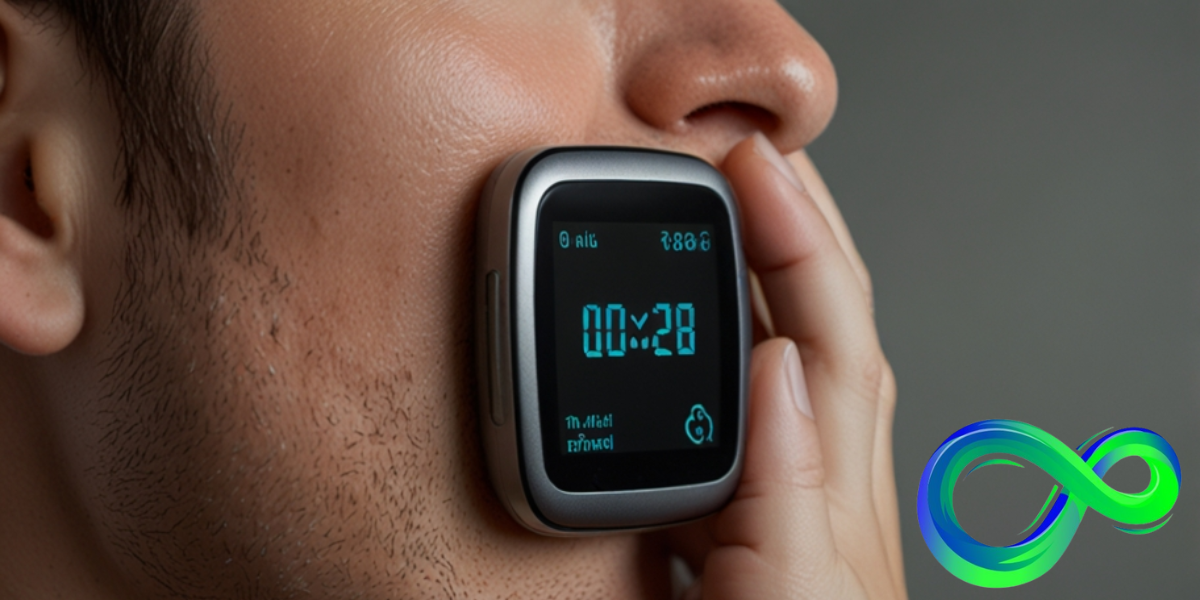

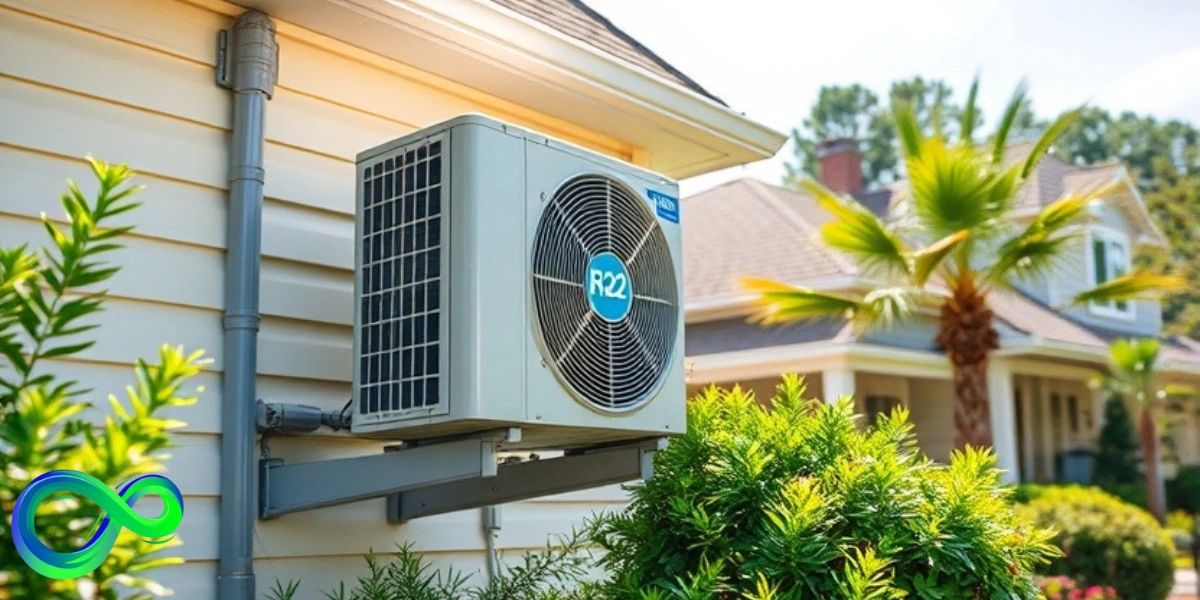
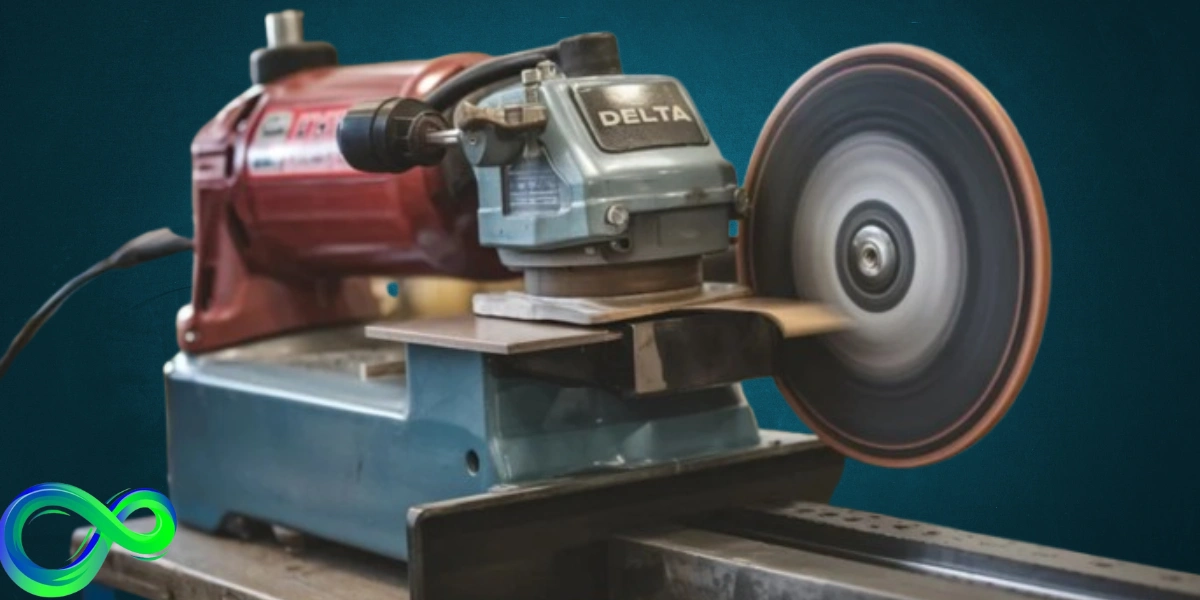
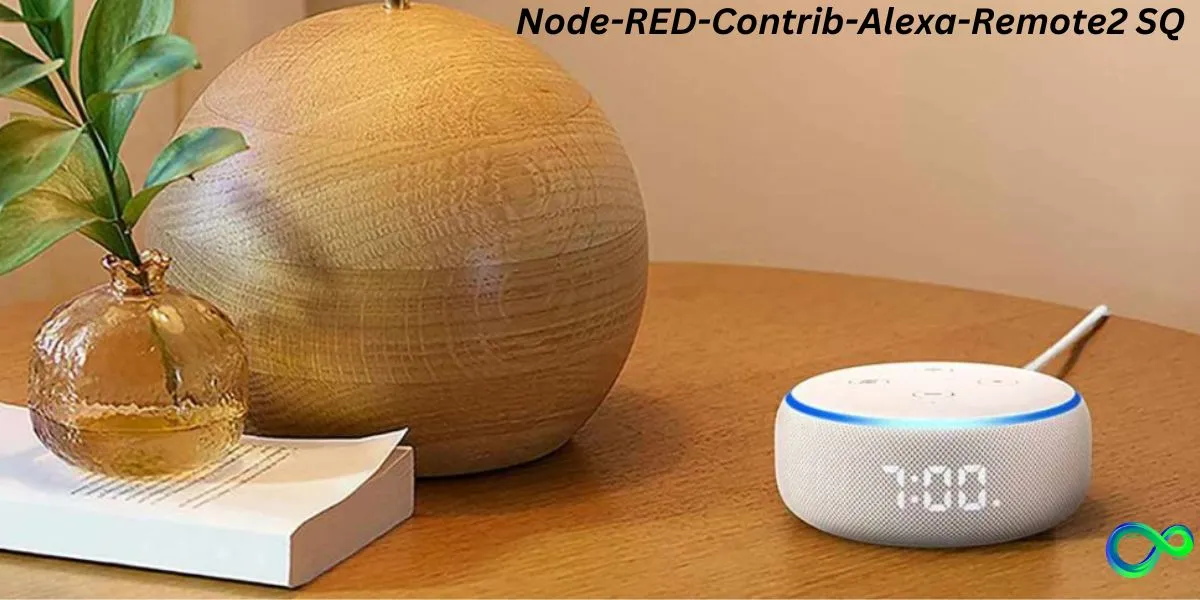
One thought on “Vbloc device won’t charge or turn on”